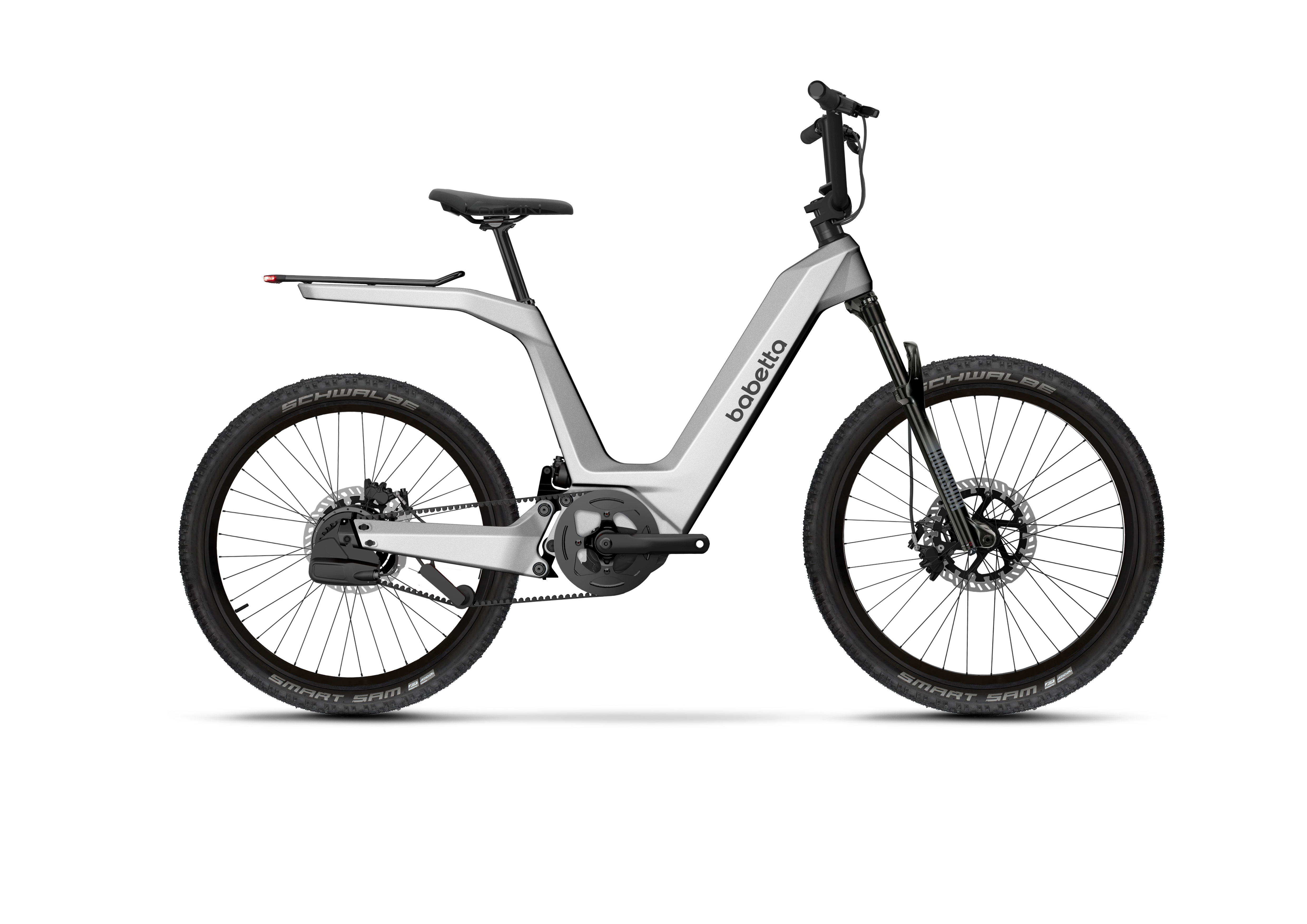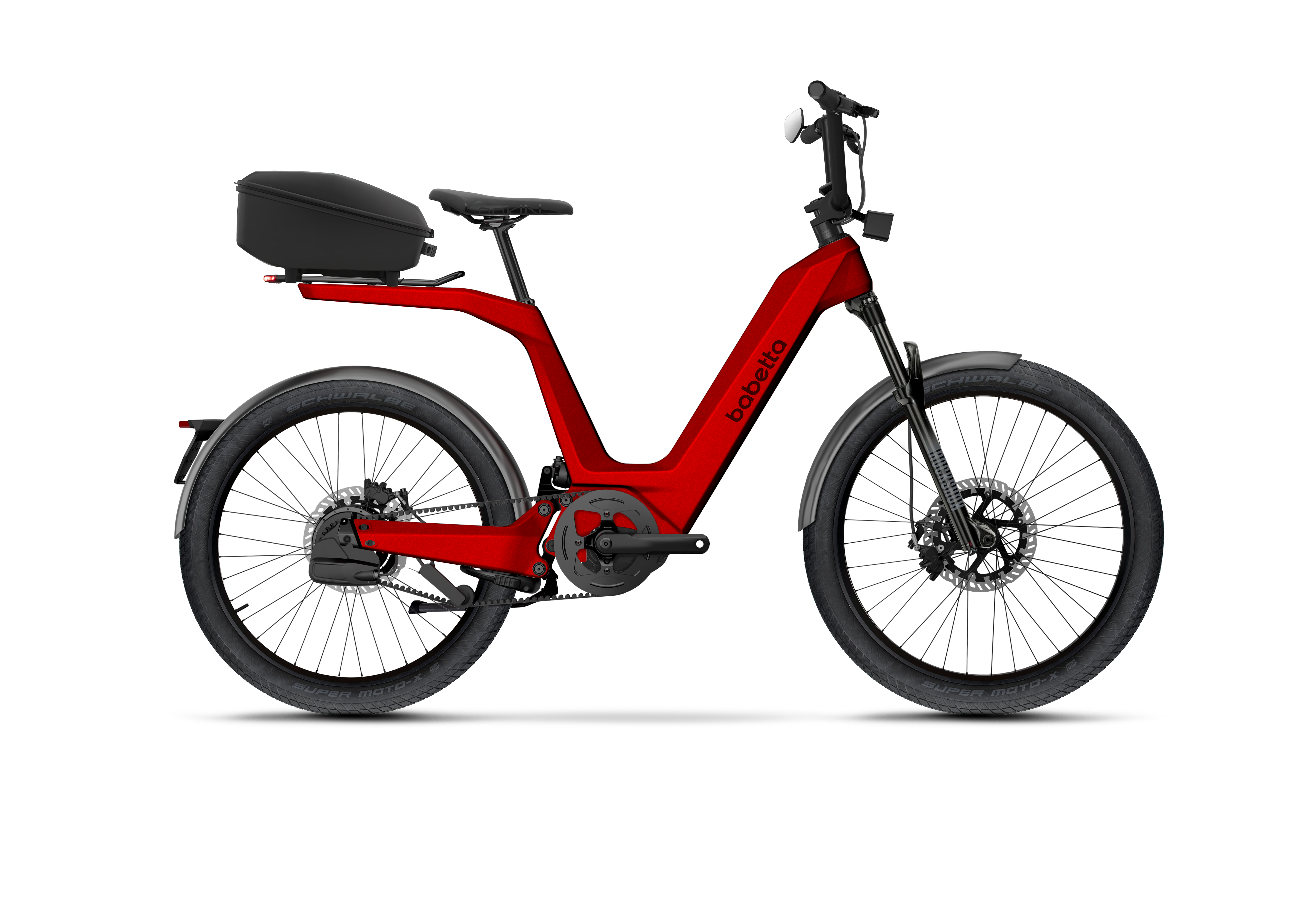The History of Bebetta moped
The Babetta moped is a legendary machine that was produced in former Czechoslovakia starting in the 1970s. Its production began in 1970 at the Považské strojárne factory in Považská Bystrica, where other iconic motorcycles and mopeds were also made.
Babetta was designed as an affordable, simple, and efficient means of transport for the general public, aimed at easing short-distance commuting. The moped was equipped with a 50cc two-stroke engine, powerful enough to handle both urban and rural roads. It also stood out for its low fuel consumption, making it an economical choice for many users.
The Babetta models underwent several innovations during their production. Early models, such as the Babetta 207 and later the Babetta 210, became popular not only in Czechoslovakia but also abroad, where they were exported to various countries. Thanks to its reliable engine and simple design, Babetta gained fans around the world.
Production of the Babetta continued into the 1990s, when market changes and foreign competition led to its discontinuation. Despite this, Babetta remains in the memory of many motorcyclists and collectors as a nostalgic symbol of the past. This moped still evokes fond memories, and many consider it one of the icons of Czechoslovak motoring history.


